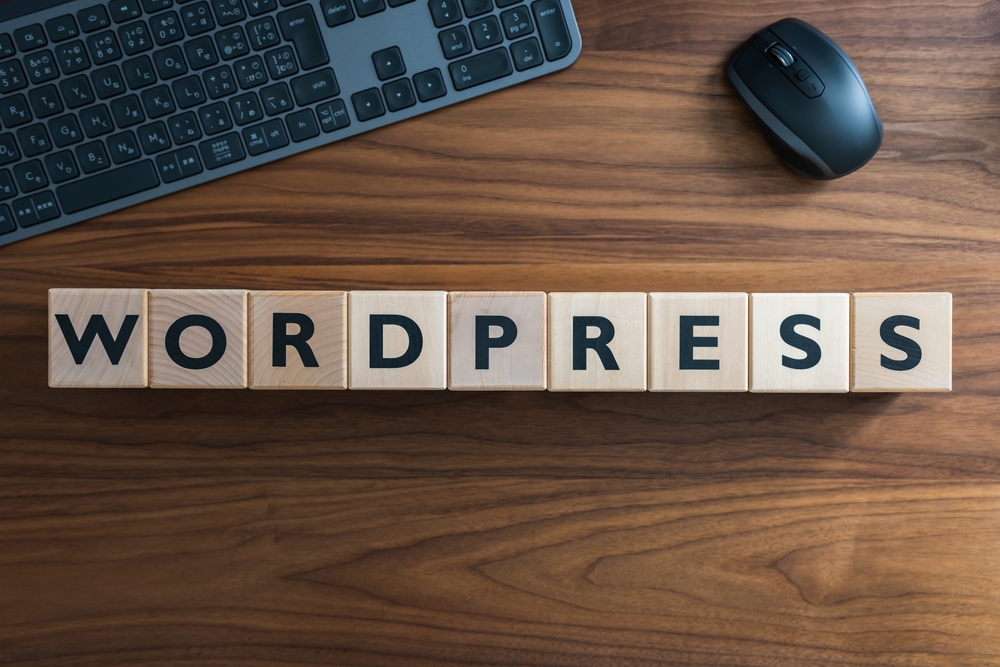
WordPress has revolutionized the way websites are created and managed. With its user-friendly interface and extensive customization options, it has become the go-to platform for individuals and businesses alike. However, to truly make the most of WordPress, it is essential to master the art of website customization and maintenance. In this article, we will explore some essential tips and tricks that will help you take your WordPress (the platform for bloggers) website to the next level.
Customization Tips
1. Choose the Right Theme: One of the first steps in customizing your WordPress website is selecting the right theme. WordPress (the blogging platform) offers a wide variety of themes, both free and premium, that cater to different industries and design preferences. Take the time to explore the options available and choose a theme that not only aligns with your brand but also offers the functionality and features you need.
2. Customize Your Theme: Once you have selected a theme, it's time to customize it to make it truly unique. WordPress (WP) provides a range of customization options, such as uploading a custom logo, changing colors and fonts, and arranging widgets. Dig into the theme settings and experiment with different combinations to create a website that reflects your brand identity.
3. Utilize Plugins: WordPress plugins are powerful tools that extend the functionality of your website. Whether you need to add a contact form, improve your SEO, or integrate social media, there is a plugin for almost anything. However, it's important to only install reputable plugins from trusted sources to ensure the security and stability of your website.
4. Create Custom Menus: Navigation is a crucial aspect of any website's user experience. WordPress (or WP) allows you to create custom menus that make it easy for visitors to navigate through your site. Take advantage of this feature by organizing your pages, categories, and custom links into logical menus that guide users through your content seamlessly.
Maintenance Tips
1. Regularly Update WordPress, Themes, and Plugins: To keep your WordPress website secure and functioning optimally, it's vital to stay up to date with the latest versions of WordPress, themes, and plugins. Updates often include security patches, bug fixes, and new features, so make it a habit to check for updates and install them promptly.
2. Back up Your Website: No matter how secure or reliable your hosting provider is, unexpected events can occur. Regularly backing up your WordPress website ensures that you have a copy of all your important files and data in case of any issues. Consider using reliable backup plugins or consult your hosting provider to set up automatic backups.
3. Optimize Your Database: Over time, the WordPress database can become cluttered with unnecessary data, affecting your website's performance. Use plugins like WP-Optimize or manually optimize your database by removing spam comments, post revisions, and unused data. This will keep your website running smoothly and improve loading times.
4. Monitor Your Website's Speed: Page load time plays a critical role in user experience and search engine rankings. Slow-loading websites can lead to higher bounce rates and lower conversion rates. Regularly test your website's speed using tools like Google PageSpeed Insights or GTmetrix, and take necessary steps to optimize it. Compressing images, caching content, and minimizing scripts and stylesheets are some effective ways to improve speed.
Frequently Asked Questions
Q1. Can I switch themes without losing my content?
A1. Yes, you can switch themes without losing your content. WordPress separates the content from the design, so switching themes only affects the appearance of your website, not the actual content.
Q2. How often should I update my WordPress website?
A2. It's best to update your WordPress website, themes, and plugins as soon as updates become available. Regular updates help ensure the security and stability of your website.
Q3. Are there any security measures I should take to protect my WordPress website?
A3. Yes, there are several security measures you can take to protect your WordPress website. These include using strong passwords, enabling two-factor authentication, regularly updating themes/plugins, and using security plugins like Wordfence or Sucuri.
Q4. Is it necessary to optimize images on my WordPress website?
A4. Yes, optimizing images is crucial for website performance. Compressing images without compromising quality reduces file sizes, allowing your website to load faster and improving overall user experience.
Q5. Can I make my WordPress website multilingual?
A5. Yes, you can make your WordPress website multilingual by using plugins like WPML or Polylang. These plugins provide easy ways to translate your content into multiple languages, attracting a broader audience.
In conclusion, mastering WordPress website customization and maintenance is a key factor in building a successful online presence. By implementing the tips and tricks mentioned in this article, you can create a unique and visually appealing WordPress website while ensuring its security, performance, and user experience are optimized.
Remember that each WordPress website is unique, and it may take some trial and error to find the perfect combination of themes, plugins, and settings. Stay curious, keep learning, and don't hesitate to seek guidance from the vast WordPress community to continuously improve your website.
Other useful resources
- https://www.wordpress24plus.com/services/
- https://www.wordpress24plus.com/wordpress-tools-directory/wordpress-plugins/
- https://www.wordpress24plus.com/wordpress-tools-directory/wordpress-themes/